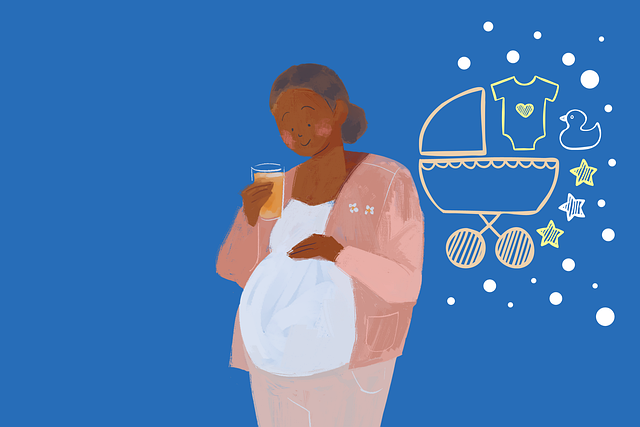Adoption is often portrayed as a beautiful journey, but for us, it began with significant challenges. Instead of a fairy tale, our experience felt more like a nightmare in the early days. While I could easily gloss over the tough moments to present a perfect ending, that wouldn’t reflect our reality.
In 2010, we welcomed our son, Noah, into our family from Ethiopia. As hopeful adoptive parents, my husband and I believed we had done our homework. We thoroughly researched ethical adoption agencies, asked all the necessary questions, and consumed countless books on international adoption. We even switched agencies after discovering unethical practices. When we received our referral, we traveled to Ethiopia to meet Noah’s biological father before finalizing the adoption.
Despite our preparation, the moment we took custody of Noah, everything began to unravel. His transition into our family was filled with fear and distress, as if he were fighting for his very survival. Sleepless nights became the norm, and I vividly remember one morning when I broke down in the shower, overwhelmed with despair, unsure of how we would navigate the next day. We sought guidance from fellow adoptive parents and consulted with therapists and doctors, but the diagnosis was consistently grim: reactive attachment disorder, commonly known as RAD.
The prognosis for Noah’s future seemed dismal. Medical professionals urged us to consider re-adopting him into another home or even suggested institutionalization. He was only four years old! Thankfully, my incredible mother intervened, empowering me to disregard the bleak advice of the professionals and advocate fiercely for my son. I am forever grateful for her unwavering support. What Noah needed most was someone in his corner, someone who would love him without conditions.
With the support of family, friends, therapists, and teachers, Noah gradually began to blossom into the remarkable person he was meant to be. Over time, as his English improved, he confided in us about his biological mother, revealing details that struck us to our core. Had we missed something crucial in our efforts to ensure a smooth transition? I felt an overwhelming sense of guilt. It became evident that Noah was fighting for a reason; he sensed something was amiss.
Inspired by stories of others reconnecting with their biological families in Ethiopia, I began researching. I found a private investigator who specialized in locating biological relatives in Ethiopia. After providing him with Noah’s documentation, we entered a painstaking waiting period, filled with uncertainty about what we might discover. If Noah was correct, and his biological mother was still alive, what would that mean for our family?
Finally, I received an email from the investigator that changed everything. The moment I opened it, I saw photos of Noah’s biological family, including a woman who appeared to be his mother. When we sat down to show Noah the images, he immediately recognized his biological mother, shutting the computer and fighting back tears. All I could do was wrap my arms around him, filled with love and understanding.
In that moment, I realized how self-centered I had been. My fears melted away, and I understood that Noah needed to see his family, no matter the implications for our future together as mother and son. His love for them was undeniable, and I would never stand in the way of that connection.
We maintained correspondence with the investigator, exchanging letters and photos with Noah’s family. This ongoing communication allowed Noah to ask difficult questions, and the investigator facilitated these sensitive discussions, despite the challenges posed by distance and language barriers. Yet, this new ally became a crucial part of Noah’s healing journey.
In 2015, this stranger turned friend welcomed Noah and me to Ethiopia, guiding us to meet his family. The trip involved a long, adventurous journey through rugged terrain, but reaching Noah’s village was a reward like no other. The outpouring of love from his family and community was breathtaking; they embraced him with open arms, showering him with affection and prayers.
The most moving moment was when Noah and his biological mother reunited after six years apart. He had so many questions, particularly about why they made the decision to place him for adoption. Their answers mirrored those of my daughter’s biological parents, who had sought better opportunities for their child. Above all, they expressed their profound love for him.
Noah returned from Ethiopia filled with a renewed sense of belonging—part of two families. We are committed to continuing our communication through letters and photos, and we hope to incorporate phone calls and future visits. His dream is to return to Ethiopia with our entire family, allowing his adoptive siblings to connect with his biological siblings, and we are dedicated to making that dream a reality.
Noah is an extraordinary, courageous, and kind soul—truly a miracle. His desire to share his story to help others facing similar struggles inspires me deeply. If there’s one takeaway from our journey, it’s that while adoption can be incredibly challenging, the fight is undeniably worth it!
For more insights on family planning, check out our post about at-home insemination kits. Additionally, if you’re considering fertility treatments, the information at March of Dimes is an excellent resource.
Summary
This article recounts the challenging journey of adopting a son from Ethiopia and the struggles faced during his transition into the family. Despite bleak medical advice, the family persevered, ultimately allowing the child to reconnect with his biological roots, leading to healing and a sense of belonging in both families.
